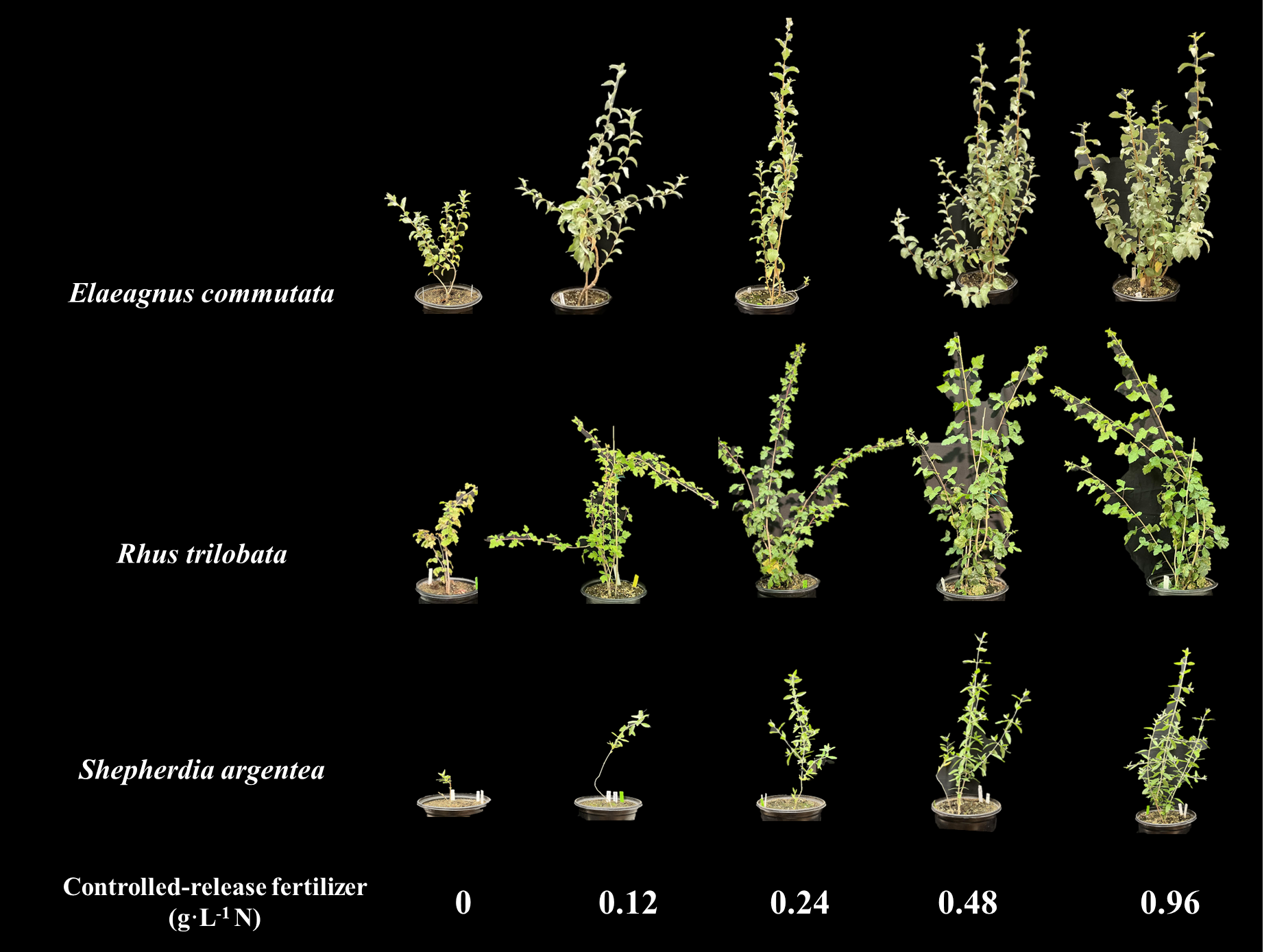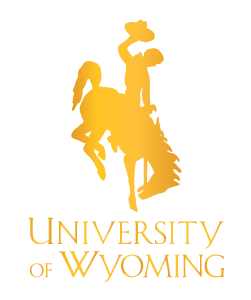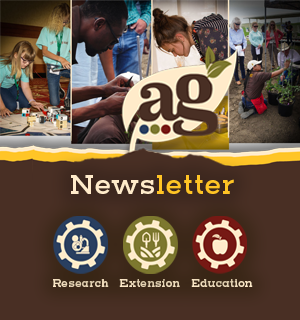Wild populations of native edible berries, including silverberry (Elaeagnus commutata), skunkbrush (Rhus trilobata), and silver buffaloberry (Shepherdia argentea), are becoming depleted in the Intermountain West. This is cause for concern for food sovereignty and ancestral preservation within the Eastern Shoshone communities, where gathering is culturally significant.
Beyond their cultural significance, these berries provide key nutrients and antioxidants for evading nutrient deficiencies. The berries are a natural food source, offering the Indigenous communities increased health benefits. If these berries are not abundant or accessible, pressure is put on those who utilize this as a source to gain nutrients within their diet.

Ji-Jhong (JJ) Chen, assistant professor in the University of Wyoming Department of Plant Sciences, and his collaborators David Claypool and Jill Keith, from the Departments of Plant Sciences and Family and Consumer Sciences, respectively, are working to increase access to these culturally valued fruits through modern horticultural practices.
Modern nursery practices can result in leaching of nitrogen, phosphorus, and potassium in abundant amounts, causing pollution. There is a need to understand how propagation practices of these berries can become more efficient in cultural, and possibly small market, production. Chen’s goal is to create an efficient production method without causing environmental harm from common nursery fertilizing practices.
Chen created a greenhouse study to find the optimum controlled-release fertilizer rate for silverberry, skunkbrush, and silver buffaloberry. Application of fertilizers occurred at different rates, including the rate recommended by the manufacturer, to find out which worked best and decreased the amount of leaching. Growth parameters such as plant height and photosynthesis of the crops, as well as leaching of nitrogen, were measured.
Reflecting on his motivation for the project, Chen commented that in the past, he had worked with hybrid buffaloberry, but was looking at ornamental uses instead of fruit consumption purposes.
After moving to the University of Wyoming, Chen began collaborations with UW nutrition scientist Jill Keith. These collaborations included members of the Eastern Shoshone through the Restoring Shoshone Ancestral Food Gathering (RSAFG) group. Chen mentioned that “they are passionate about restoring the native edible berries, and this is very motivating.”

Ultimately, Chen and his team found evidence that the optimum fertilizer rate is lower than the manufacturer recommended. The information that Chen and his colleagues found can become implemented in further research and commercial use.
Looking to the future, Chen and his team plan to expand their research beyond fertilizer optimization. “The fertilizer was the first step, which was easy to do,” Chen noted “Now, we are doing a study on understanding how to irrigate the plants and how to water them correctly.” In the future, Chen hopes to share the information in his study with Eastern Shoshone collaborators, allowing them to utilize the edible plants.
Chen emphasized the need to balance plant growth with environmental responsibility. “The take-home point is that we really need to understand what’s the best or most suitable for each species, as they are different from each other,” he explains. “Also, the most important thing for fertilizer research is to find the balance between optimum yield while minimizing environmental contamination from fertilizer use.”
Chen’s research represents a critical step in supporting Indigenous food sovereignty and conservation efforts. By developing sustainable propagation techniques, Chen’s work contributes to the revitalization of native edible berry populations, ensuring that these culturally and nutritionally important resources remain available for future generations.
Chen and his collaborators recently published their findings in the open-access scientific journal HortScience. Visit https://bit.ly/hortsci-native-edible-berries-chen to view the article.




